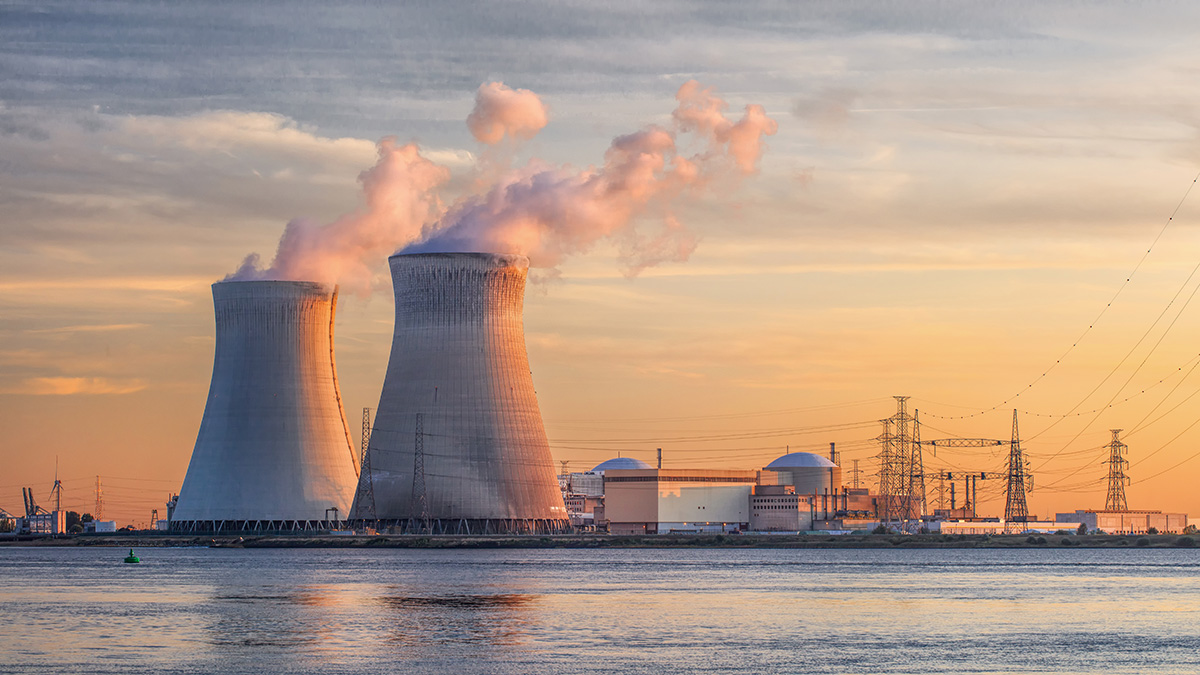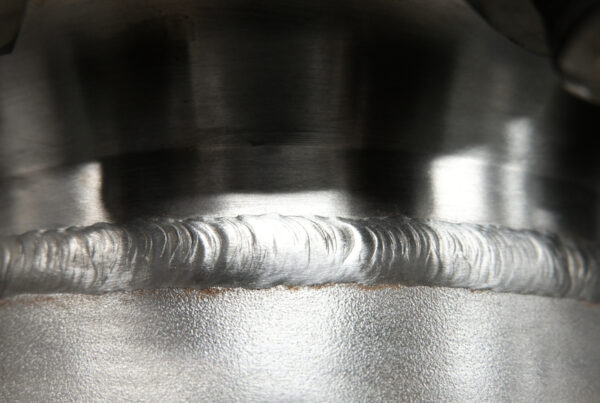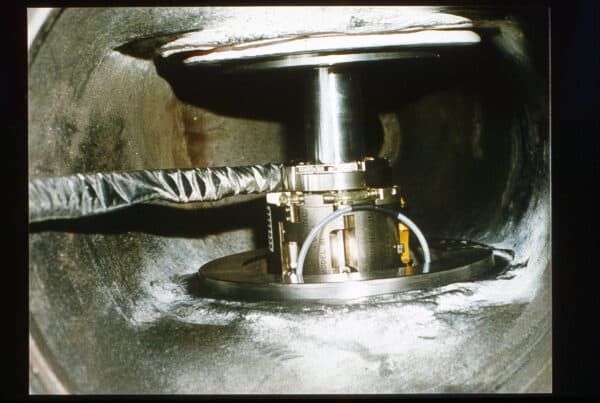Pressure vessel welding encompasses many applications and industries. At the lower end, any system that operates at 15 psi is considered a pressure vessel. However, systems like boilers and storage containers used in pharmaceutical and food processing, as well as in facilities like power plants, including nuclear generation, are critical pressure vessels that require high-quality welding.
These more stringent requirements, in many cases, necessitate specific radiographic testing to ensure that weld strength is sufficient. Organizations like the ASME and American Petroleum Institute (API) have defined quantitative metrics for this purpose. When welding pressure vessels, it is essential to know which pressure vessel welding efficiency factors are applicable and how to optimize your welding operation to meet them.
Pressure Vessel Welding Joint Efficiency Factors
A welding joint efficiency factor can be defined as the ratio of weld strength to base material strength. In equation form:
Welding joint efficiency factor = (weld strength/base material strength) x 100%
Joint efficiency factors for pressure vessel welds are listed in the table below.
| WELDING JOINT EFFICIENCY FACTORS FOR PRESSURE VESSELS | ||
| Welding Joint Types | Joint Efficiency Factor | RT Inspection Requirement |
| Double-welded butt joint | 1.00 | Full |
| 0.85 | Spot | |
| 0.70 | Not required | |
| Single welded butt joint w/ backing strip | 0.90 | Full |
| 0.80 | Spot | |
| 0.65 | Not required | |
| Single welded butt joint w/o backing strip | 0.60 | Not required |
| Double fillet lap joint | 0.55 | Not required |
| Single fillet lap joint w/ plug welds | 0.50 | Not required |
| Single fillet lap joint w/o plug welds | 0.45 | Not required |
* RT denotes radiographic testing used for weld inspection.
As shown in the table above, welding joint efficiency factors are determined by the joint type coupled with the type of inspection required. Butt joints are the most scrutinized, with double-welded joints having to be as strong as the base material in some cases. Not surprisingly, the efficiency factor is utilized as a means of safety specification that varies across materials, applications, and joint categories.
How Is Welding Efficiency Determined?
Weld Joint Categories
For pressure vessels, ASME has traditionally defined four basic weld joint categories, as shown below.

The weld categories above are classified as either longitudinal or circumferential and may be defined by where these classes of joints are located.
Category A:
- Nozzle and shell longitudinal welds
- Head joints
- Shell to hemispherical joints
Category B:
- Head and shell circumferential welds
- Non-hemispherical head-to-shell welds
Category C:
- Flange welds
Category D:
- Nozzle attachment welds
Location and classification are major determinants of the stress a joint may be subjected to. Therefore, the category is a significant consideration when assigning a welding joint efficiency factor, which may be end-user specified to exceed the minimum requirements established by ASME standards. NOTE: The ASME Construction of Pressure Vessel standard has recently been modified to category types to include tube-to-tubesheet welding by ASME.
How to Optimize Weld Efficiency Factors
Achieving the defined welding joint efficiency factor for your pressure vessel metal assembly job may be challenging, especially if your project is in a sanitary or energy generation facility. The best way to ensure you satisfy this requirement for your piping and are creating the strongest welds is to employ a TIG welding process. Although GTAW is a slow technique and typically takes years to master manually, it delivers extremely accurate welds. These issues can be successfully addressed, and you can maximize your joint efficiency factor, by following the guidelines below.
Welding Joint Efficiency Factor Optimization Guidelines
- Employ orbital welding
- Orbital welding allows you to rely on technology instead of physical dexterity to create smooth and accurate welds.
- Choose the best equipment
- Selecting the right weldhead for pressure vessel piping is essential.
- Partner with an industry expert dedicated to superior support
- Getting up and running quickly and staying operational is the key to minimizing construction costs and maximizing project profitability.
Arc Machines, Inc. is an industry leader in developing advanced and high-quality welding equipment. For inquiries on how we can help you apply orbital welding to achieve the welding joint efficiency factors that your pressure vessel projects demand, contact sales@arcmachines.com. For service inquiries, contact service@arcmachines.com. Contact us to learn more about custom orbital welding solutions.





